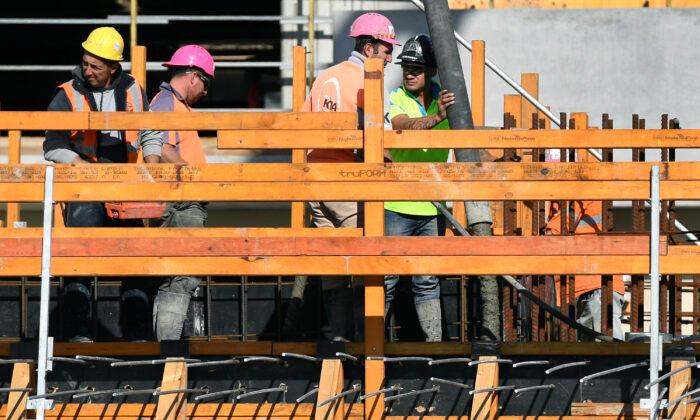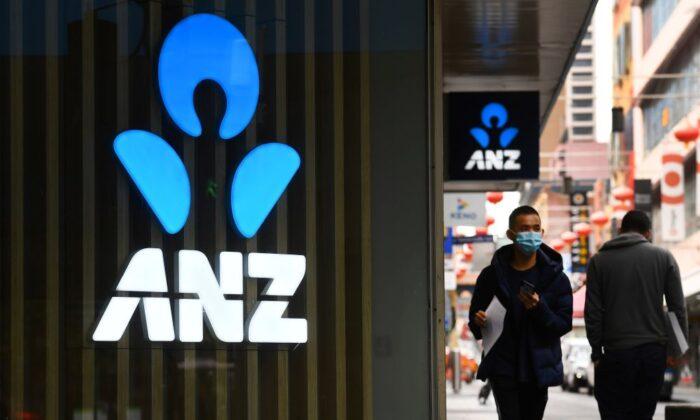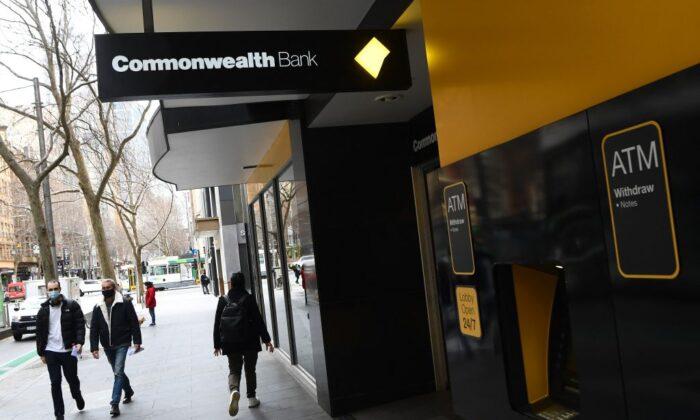First home buyers and low-income borrowers in Australia will have a more difficult time breaking into the housing market after the Australian Prudential Regulation Authority (APRA) decreased their potential borrowing capacity.
However, experts argue that the buffers will have a limited dampening effect on the market, noting it will simply make it more difficult for first home buyers and lower-income workers to break into the market.
“The proposed changes brought on by APRA will have a very light to moderate impact on the property market,” he said in an email to the Epoch Times on Oct. 10.
Harvey predicts that APRA may introduce further lending restrictions if the market continues to accelerate at a rapid pace.
He also expects that the reduced borrowing capacity will have a much larger impact on first home buyers and low-income earners than wealthy families and double-income households, as the change will make it even more challenging for those with lower income and saving rates to break into the housing market.
Harvey’s view is echoed by Ray White’s chief economist Nerida Conisbee.
Quoting a recent study into the impacts of macroprudential policies by Steven Laufer and Nitzan Tzur-Ilan, she explains that the reason for these two cohorts to be hard hit by the change is because “they are more likely to borrow to their absolute maximum.”
“The research has shown that if finance is restricted, it is generally those areas that are more economically disadvantaged that are more impacted,” she told the Epoch Times on Oct. 11.
As to the impact on market activity, Conisbee says the pressure is more likely to be felt on the lower-end market but far from enough to offset the dynamic post lockdown amidst the record low interest rates.
“Sydney and Melbourne are gradually coming out of lockdown, and this is increasing the number of properties for sale,” Consibee said. “Also, buyers aren’t under pressure right now because interest rates are so low and savings rates are very high. “
“It is likely we will see a lot of buyer and seller activity over the next two months–APRA’s changes, however, will just be part of it,” she said.
Dennis Kennelly, buyer liaison manager with HJ Hooker Palm Beach, said that the interests in affluent areas remain high despite the announcement of the loan serviceability assessment change.
“We haven’t seen signs of the market slowing down in Palm Beach,” he told the Epoch Times on Oct 12. “The effects could be felt down the track if APRA takes further tightening measures.”
But Conisbee argues that the real challenge comes when interest rates move up, which RBA has indicated is not likely to happen until 2023.
HIA (Housing Industry Association ) economist Angela Lillicrap agrees. She asserts that the lending capacity change won’t impact the home building sector as first home buyers only make up a small part of the buyers, but interest rate rise can make a difference.
“The sector has already slowed down with the end of the homebuilder scheme, but builders will be kept at full capacity till late next year,” she told the Epoch Times on Oct 11. “By that time, there should be bigger factors at play, such as interest rate rise.”
RBA has so far dismissed the call for interest rate rise given the weak wage growth and inflation rate. Conisbee believes the same caution will be applied in APRA’s approach to further tightening measures.
“While Australia’s economy is opening up and this is good news, there is still a lot of uncertainty,” she said. “A rapid decline in house prices is not great as it has a negative influence on consumer sentiment.”





Friends Read Free